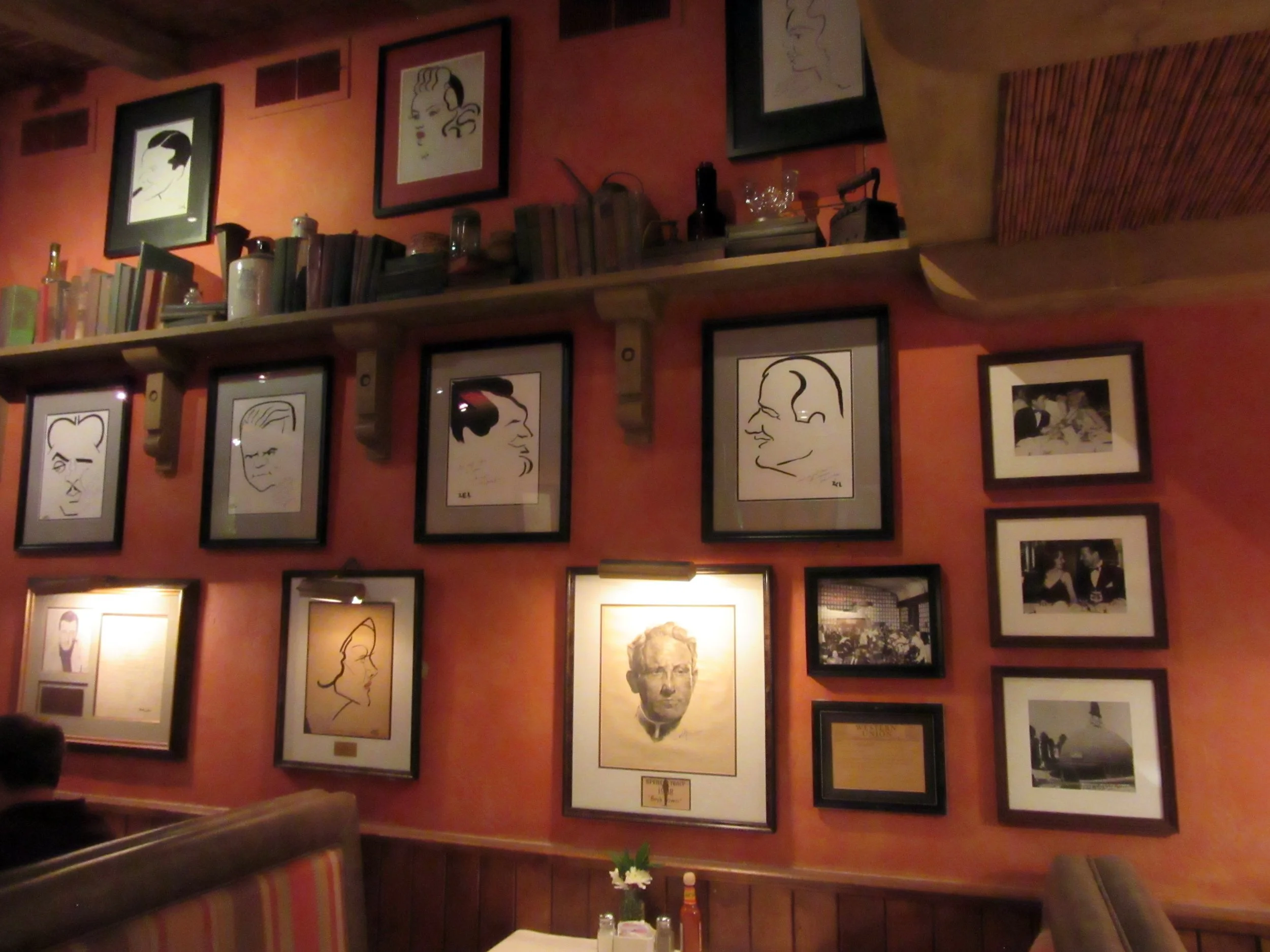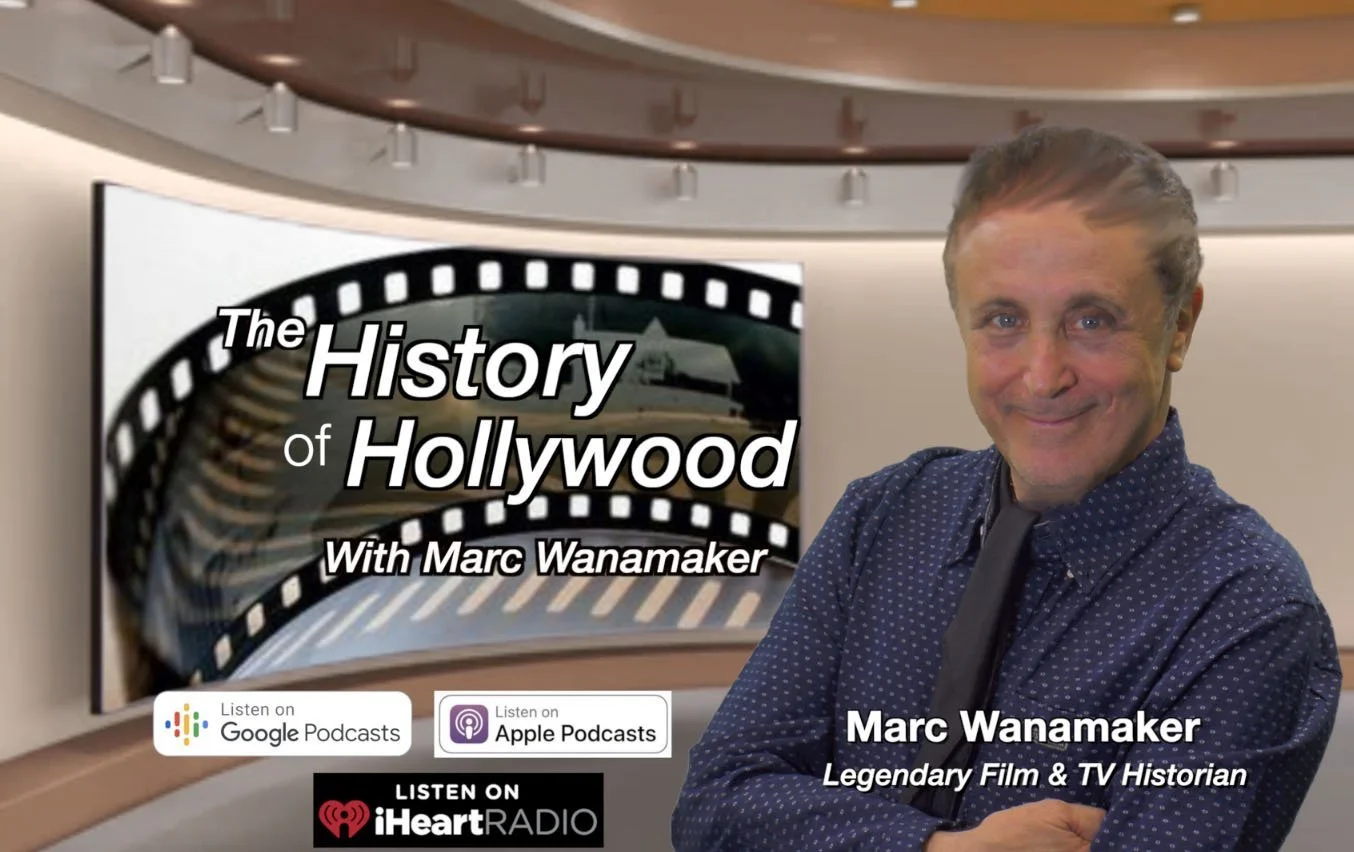Historic Red Onion: Tracing Hollywood's Heritage Through the Legendary Brown Derby Restaurant By Contributor Marc Wanamaker of the Bison Archives
In March of this year, I profiled the Red Onion Café’s 60th Anniversary in the Palos Verdes Pulse.
I covered the early history of Palos Verdes and the Red Onion’s contribution to its history when it opened a branch in 1963 on Silver Spur Road. This was the beginning of the Earle family on the Palos Verdes Peninsula.
Harry Earle, the step-son of William Earle, brought into the restaurant business his two sons, Bart and Don and opened a Red Onion Café in Hawthorne in 1958. The Palos Verdes branch started the tradition of the Red Onion in Palos Verdes using the Spanish heritage of Southern California as the overall motif.
Harry designed the building in Spanish Hacienda style, with a red-tiled roof and reclaimed bricks and colorful tile flooring and red-leather booths. The idea was to create the ‘Hacienda-style’ home where guests could relax and enjoy traditional Sonora style Mexican food the family had passed down through the generations. This idea was inspired by the California Missions and Haciendas with beamed ceilings and arched windows and inspiration from Hollywood films that depicted old California life in the mid-nineteen century. Harry added more “Old California” décor such as sombreros, serapes, horse-shoes, paintings and photographs of old California scenes, Mexican pottery, Mexican guitars, ranch style lighting fixtures, movie posters, old west signage, all accented with a warm and earthy red ‘Mission’ style color palate. Later on architectural antiques were added to bookshelves including doors from the Las Posada Hotel in Winslow Arizona when it closed years ago.
The Peninsula branch of the Red Onion Cafes became the flagship of the company and by 1975, the family had thirteen locations each with a different look. When Jeff Earle took over the Restaurant, he continued to add more old Southern California memorabilia to the interior giving the restaurant a unique and fun atmosphere. Jeff Earle was always interested in Hollywood and its history and purchased at one of the last auctions of the famed Brown Derby restaurants, a collection of Hollywood Star caricatures and memorabilia of the Brown Derby.
Jeff’s newly acquired collection of Hollywood Brown Derby memorabilia deserved to have its own room in the restaurant. Since the interior decoration was inspired by Hollywood films depicting “old California”, the Hollywood Brown Derby memorabilia would be a perfect ‘fit’ honoring one of Hollywood’s most iconic restaurants in Hollywood history.
In the Brown Derby collection were the original star caricatures of some of Hollywood’s greatest star icons by caricature artists, Vitch, Jack Lane, Zel and Volpe. Examples of these caricatures include Vitch portraits of James Cagney, George Burns, William Powell, Jean Harlow and John Wayne. Others by the artist, Zel, include; Jane Wyman, Carole Lombard and Cary Grant.
The caricature artist Eddie Vitch was born in Poland and made his way to the U.S. in the 1930s and then to Hollywood by 1931. There he met Brown Derby owner Robert Cobb and was offered a job drawing caricatures of the famous patrons who dined at the restaurant. In a short time Eddie had drawn hundreds of pictures of Hollywood stars which led to many of them being framed and hung on the restaurant walls. Another well-known artist was Zel as he was known to the public. Zel was The Derby’s second caricaturist. His caricatures were created with a few quick strokes while the celebrity was at the Derby. When the drawings were completed, they were autographed by the subject and then later framed and hung at the Derby. Later on there were two other artists that continued the tradition and became Derby artists. Artists Jack Lane and Frank ‘Pancho’ Willmarth, who continued the tradition into the 1950s-70s.
The Brown Derby restaurant was and still is the most iconic of the historic restaurants of Hollywood.
The chain was started by Robert H. Cobb and Herbert Somborn (a former husband of Gloria Swanson) in 1926. The original Brown Derby was shaped as a “Derby Hat” on Wilshire Boulevard across from the Ambassador Hotel in Los Angeles. By 1929 the company opened the Hollywood Brown Derby on Vine Street, just a block south of Hollywood Boulevard. Later they opened a Brown Derby in Beverly Hills and a Drive-In Restaurant, partly owned by famed film director, Cecil B. DeMille on Los Feliz Boulevard in Hollywood. The Vine Street Brown Derby became the flagship of the Derby restaurant chain where most of the caricatures were on display. Jeff Earle, knowing the history of this “Unique” and historic restaurant honored its history at the Palos Verdes Red Onion with its own dining room.
The Red Onion has been home away from home for the residents of the Peninsula as well as native Angelenos such as Myself, who continue the tradition of patronizing the restaurant and touring Palos Verdes with memories of growing up in Southern California. The Palos Verdes Red Onion on its 60th Anniversary, continues to be a Southern California historic landmark with its “Old California” and “Hollywood” themed décor as a ‘go-to’ destination that delight all who experience this themed experience.
Marc Wanamaker is a native of Los Angeles and lived in the West Hollywood-Beverly Hills all of his life and attended Beverly Hills and Los Angeles schools and graduated from Los Angeles City College, California State University at Northridge and continued graduate work at UCLA and USC in the fields of Theatre, Music and History. For five years Marc Wanamaker was an instructor at UCLA Extension teaching the history of the Motion Picture Industry in the United States.
Marc Wanamaker is also an author working freelance on book, newspaper, magazine projects amassing a body of work authoring over forty books and contributing to many others over the years. Examples of titles include; Star Profiles (1984), Reel Women {1991), Hollywood Handbook (1996}, Hollywood Haunted (1999}, Destined for Hollywood (2001), Hollywood Past and Present {2002), Los Angeles Past and Present (2004), Early Beverly Hills (2005), Early Hollywood {2007), Theatres in Los Angeles (2008), Westwood (2009), Early Warner Bros. Studios (2010), Location Filming in Los Angeles {2010}, Griffith Park (2011), San Fernando Valley {2011}, Malibu {2011), Movie Studios of Culver City, Early Paramount Studios (2013), Early Poverty Row Studios (2014), Max Factor and Hollywood (2017), Paramount City of Dreams {2017), The Cochranes and the founding of Universal Pictures (2018), Hollywood's Lost Backlot-Culver Studios (2019} and Hollywood Trains and Trolleys (2020). Marc Wanamaker is currently working on book and film projects and contributing historical materials and information to all media world-wide.










